MACHAS
News - All the latest news straight from the artists themselves
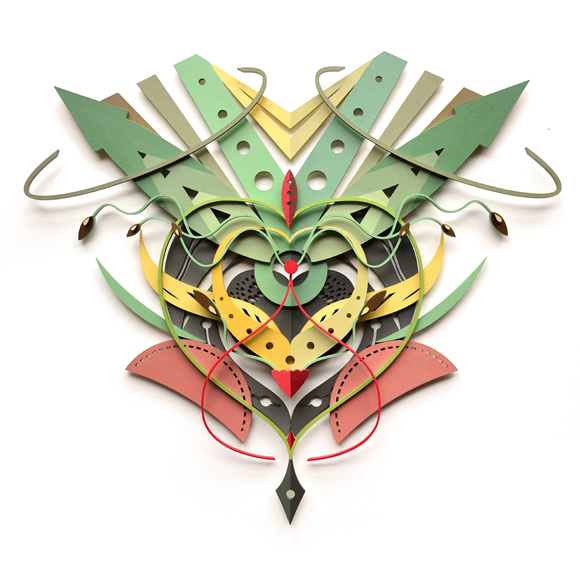
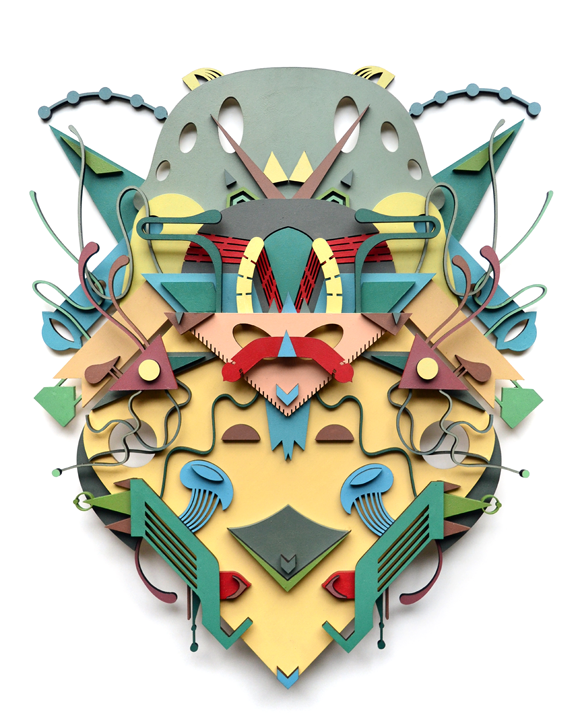
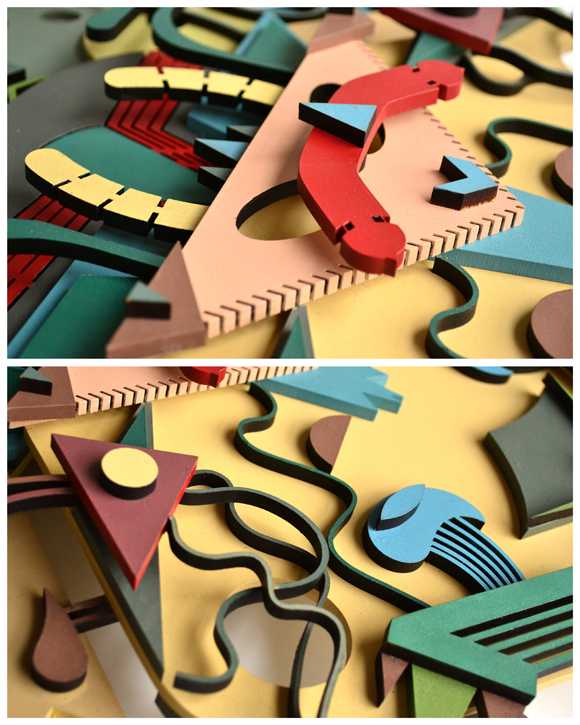
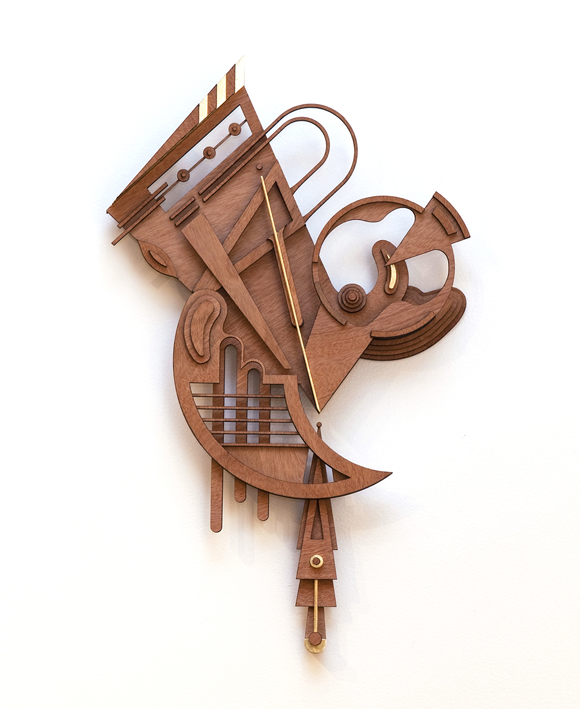
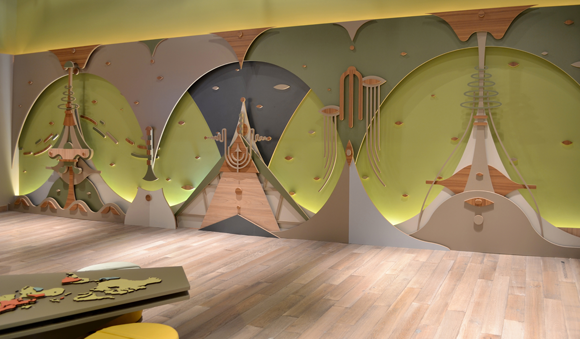
The impressive Casa Foa

It all starts from a sketch. Initial drawings for Casa Foa
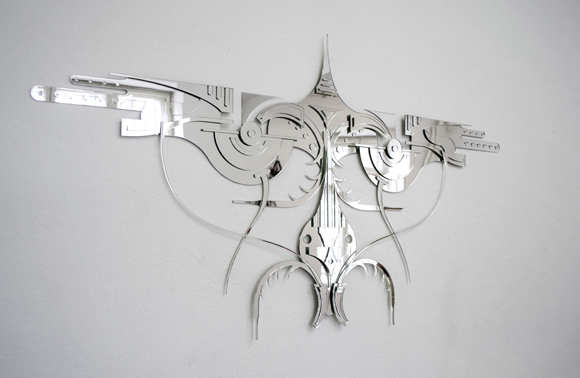
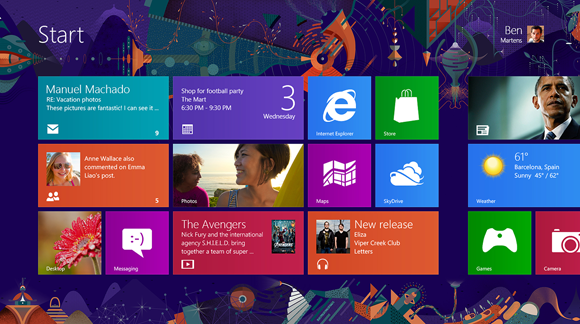
Tooco's desktop image for Widows 8
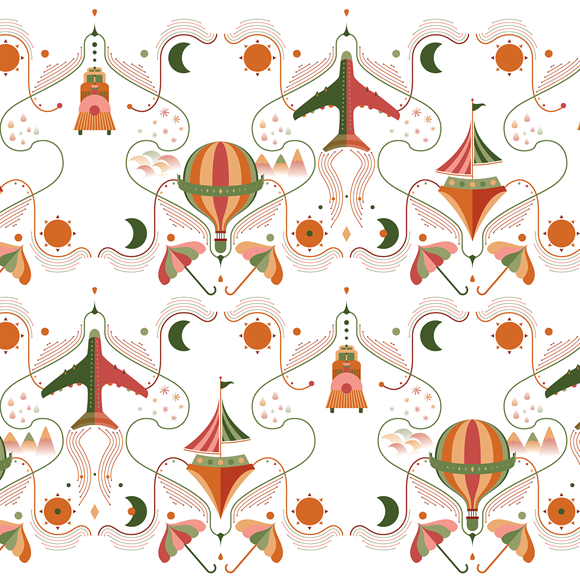
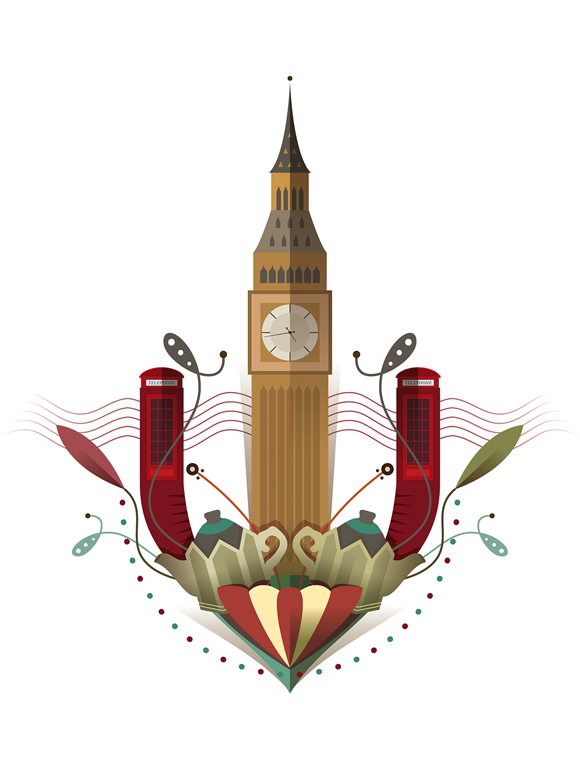
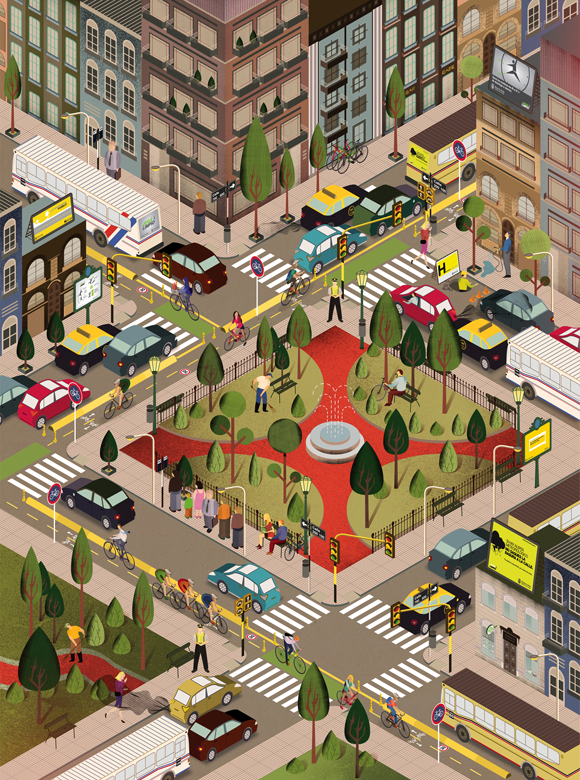
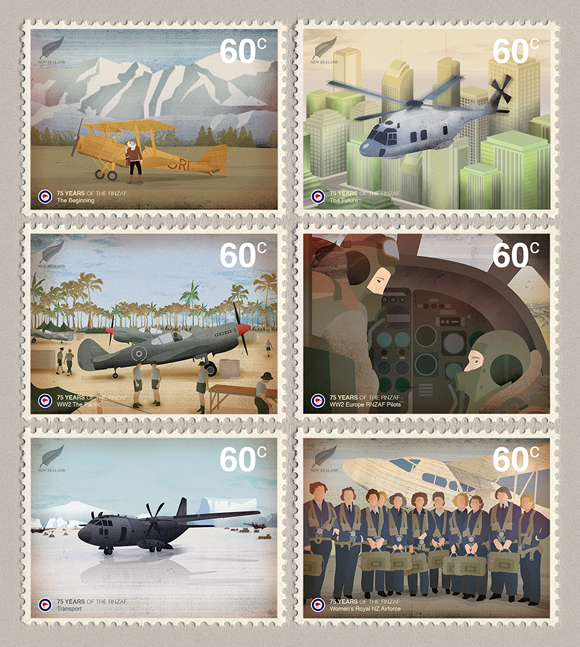
Tooco joins Machas
It’s part of our job here at Machas is to keep an eye out on the creative world out there to scout for the next talent to bring in our family, someone with a truly individual visual signature and whose work can inspire us - and to be frank with you it doesn’t happen quite often. Flicking through the hundreds and hundred of images of artists looking exactly the same or appearing too eager to join the latest trend one sometimes wonder where true talent is hiding.
And then you stumble across people like Tooco. Someone who’s cannot be easily labelled as an illustrator as he might surprise you with his room-size installations or his work with mirrors. Someone whose art requires attention.
Google his name and you might come across his residency at Berlin’s Pictoplasma, his recent show in NYC or you might even have seen his desktop graphic on the new Windows 8, just to name a few but interviews are scarce and not easy to find.
So we thought that you all friends of Machas deserve not just to see his art but to know a bit more about Francisco Miranda AKA Tooco, who’s indeed a very funny and nice person.
M: Who is Tooco? Where this name comes from?
T: Tooco is my artist name and it’s a mix of the two names my mother picked up for me: Torcuato or Conrado. When she discussed these names with my father, he wasn’t keen at all, they both sounded too strange and intricate to him. After long discussions, they finally agreed on Francisco. In a more poetically way I like to say that Tooco are three vowels and two consonants randomly arranged next to each other. Tooco could have been “Torcuato” or also “Conrado”, but in the end he was someone named Francisco.
M: Your style mixes elements that apparently look as opposites such as psychedelic influences with vintage colors, organic shapes with figurative elements, reality with dreams, sexual with innocent - and you do it in such a personal way that’s it’s seamless. Have you ever thought about give a name to your style? How did it came about?
T: I find really difficult to label my style. There is definitely a tight connection between the concept of “living thing” and my art and I think it springs out from a combination of interests and ideas that flow in my mind and that, for some reason, materialize. But it’s difficult to pinpoint where it comes from, I remember when I was a kid I used to spend hours observing insects, capturing them, putting in jars and analyzing them - I was in awe of the animal and plant world. To the young Francisco that was a major source of inspiration - and still it is nowadays. And also I am interested in machines and its cyclic forms, who are completely influenced by all those natural references.
M: How does your creative process works?
T: My work process always starts on paper, with a pencil. Even if the final result is a two or three dimensional piece, I think the initial gesture, a quick sketch of an idea, is essential for the development of the whole process.
M: You go from abstract to more figurative works: how does your visual language adapts to different scopes?
T: It mostly depends on the brief I have to work with. What I find interesting about abstraction it allows the spectator to have more freedom to interpret what is standing in front of him. On the other hand, I know that “illustration” gives a visual representation of a concept and that the concept should be immediately understood by the viewer. However, illustration is not just a mean to an end, I consider it a form of art that can help us to make the world a more beautiful place: an image or a simple illustration can put a smile on somebody’s face, or take the mind to some completely unexpected place.
M: Your artwork ranges from installations to illustrations, passing through motion: why do you think it’s important to explore all those platforms?
T: Although most of my works belongs to the digital art field, I love to keep evolving as an artist, explore new territories and their potential.
Illustration is a form of expression where I can grow professionally and create my own universe, however it is always anchored to the visual representation (direct or indirect) of an idea, and to be effective the concept it communicates must be understood. In this sense, beyond its aesthetic value, the illustration serves as a link between the idea (eg a text) and receiver.
Paintings and sculptures enjoy other qualities, perhaps somehow capricious, selfish and random. What interests me the most is precisely the separation that is generated between the work, the viewer and the understanding of the artwork. While all artistic expression communicates, is the person who faces the works, who will validate (or not) the process.
M: I’ve read that you were on the path of becoming an architect but then had a change of mind: what made you take that decision? do you still retain some of this architectural vision in your art?
T: I’ve always loved Architecture and I decided to start studying it but I found it was a little bit rigid for me and I deep inside I knew I needed more freedom to develop myself. Even if I didn’t complete my Architecture studies I’ve kept all that systematic and squared vision of the world and started to mix it with some other organic and more dynamic shapes. I think that architectural look appears into my work in an unconscious way - maybe that’s where my love for perfection, grids, symmetry and equilibrium comes from.
M: You also teach Graphic Design at the University of Buenos Aires: how does that influences your work as an artist?
T: I don’t know if teaching is a source of inspiration or if it influences my work. What I love about teaching is the possibility of having 20 to 30 minds discussing on a theme, interchanging ideas. It gives me (and to the students too) the possibility to look continuously on others thoughts and ways of perceiving the world around us.
M: You’re from argentina but you’ve travelled all over the globe: is it important for your art?
t: Even though my work is not linked directly to any specific geographic location, each of the places I’ve visited are a source of inspiration. Traveling is one of the things I enjoy the most, every place I visit may unexpectedly hold a new idea, a new thought.
M: why did you decide to join Machas?
T: First of all, I found the selection of artists Machas represent really interesting, and on the other hand, there are not a thousand artists in your roster! I’ve been trying other agencies in the past but maybe because of the big numbers of artists they work with, I felt like becoming more of a number than an artist. And I also found Machas completely professional, serious and, most importantly, really human.
M: Name 3 books or movies that have influenced you as an artist and why.
T: Lucrecia Martel: contemporary argentinian film director. Exquisite way to show the world without explaining it too much.
Fedor Dostoievski: Crime and punishment. Long debate about the human condition, the good and the bad, The correct and incorrect.
Addicted to all the “BBC natural and science” films and series. New discoveries in the thousand of thing we ignore about the world.
View Tooco Portfolio here